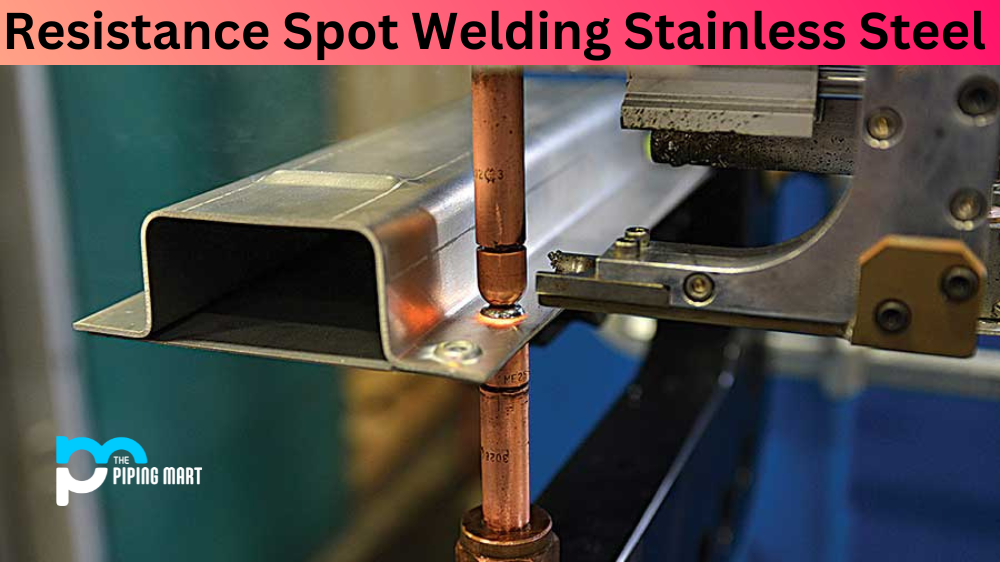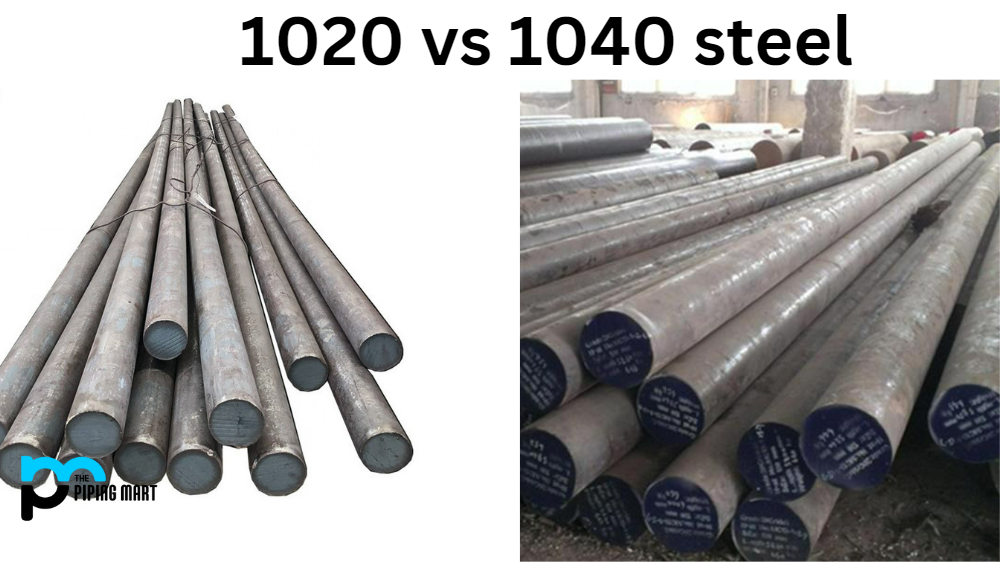Resistance spot welding is a popular method used to join two pieces of metal together. This process has become increasingly popular due to its ability to achieve strong welds with minimal effort and cost. However, despite the advantages of resistance spot welding, it can be challenging to use with certain materials, such as stainless steel. In this blog post, we’ll discuss why resistance spot welding stainless steel is difficult and how it can be done effectively.
Why Resistance Spot Welding Stainless Steel Is Hard
Stainless steel is known for being a tough material that is resistant to corrosion, making it an ideal choice for many applications. Its durability also makes it difficult to work with using traditional methods like arc welding or soldering. This is because stainless steel has a higher melting point than other metals and requires more heat to form a bond between two pieces of stainless steel.
Moreover, when two pieces of stainless steel are heated during resistance spot welding, the area near the weld also becomes heated, which causes the material around the weld joint to become softer and easier to deform. As a result, the weld joint may not remain as strong as other materials because the softened material around the weld may be prone to cracking or breaking over time.
How To Effectively Resistance Spot Weld Stainless Steel
Fortunately, there are ways that you can make resistance spot welding stainless steel easier and more effective. First and foremost, it’s important that you choose a quality welder that has enough power output for joining stainless steel without causing too much deformation in the surrounding areas. Additionally, you should use higher current and voltage levels than you would use for other metals like aluminum or copper when resistance spot welding stainless steel. This will help ensure that your welds are stronger and more reliable in the long run. Additionally, if possible, try using short pulses rather than constant current when performing resistance spot welding on stainless steel, as this will help reduce heat build-up in the surrounding areas and minimize potential deformation problems. Finally, preheating your workpieces prior to applying pressure during resistance spot welding will also help increase your chances of achieving strong weld joints with minimal deformation issues over time.
Conclusion:
Resistance spot welding can be an effective way to join two pieces of metal together, but it can be difficult when working with tougher materials like stainless steel due to its higher melting point requirement and tendency towards deformation in surrounding areas when heated up during welding operations. That said, if you use a quality welder that has enough power output for joining stainless steel along with higher current/voltage levels during operation, as well as preheating your workpieces before applying pressure during welding operations, then you should have no problem creating strong and reliable weld joints every time! Thanks for reading!
Meet Heer, a dynamic and driven writer learning tricks of her trade in the metal industry. With a background in Digital Marketing, Heer brings a unique perspective to her writing, sharing valuable insights. Apart from blogging she like reading and hiking.




